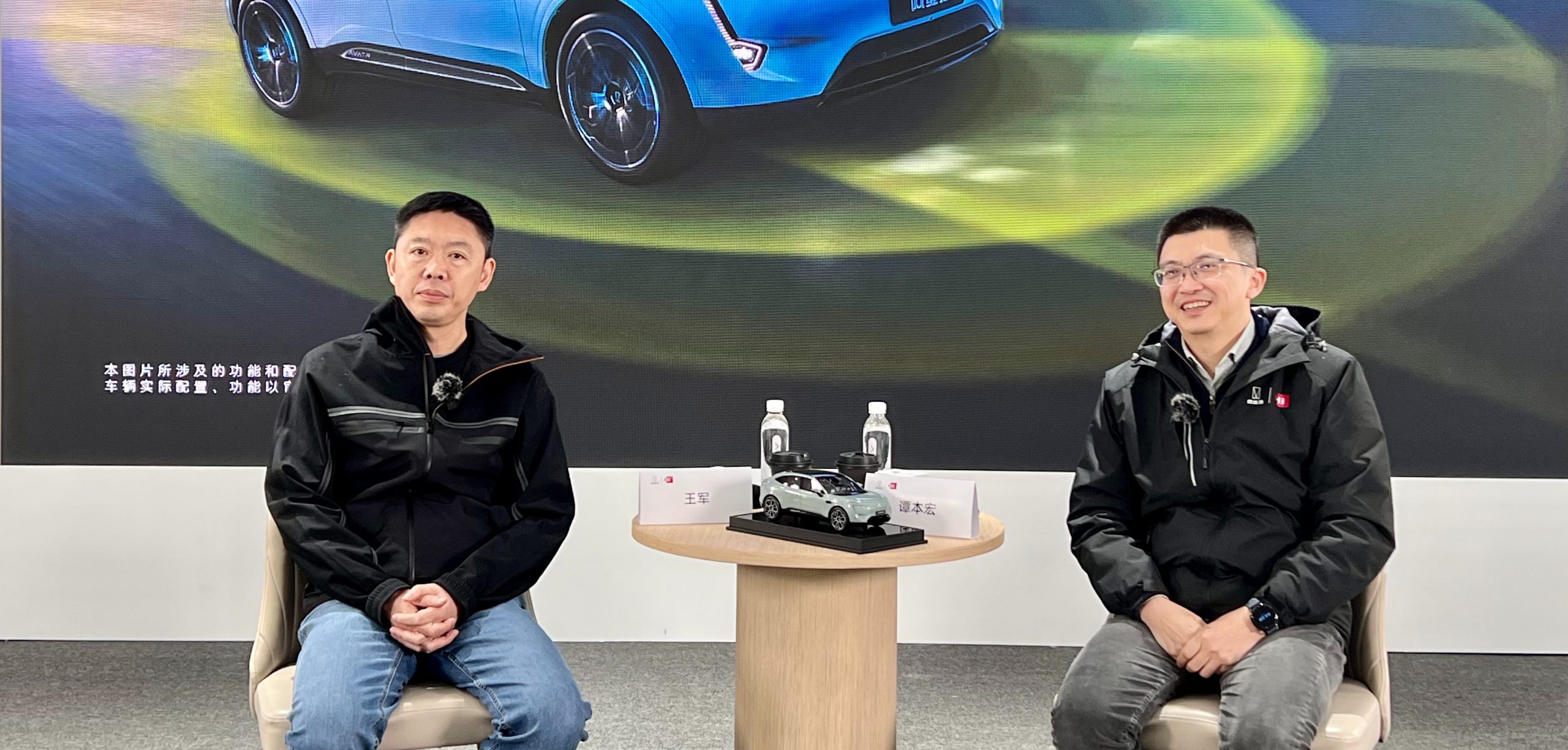After the Avita Intelligent Driving event, there will be an interview with Avita Technology’s Chairman and CEO, Ben Tan, and the COO of Huawei Intelligent Automotive Solution BU and President of Intelligent Driving Solution Product Line, Wang Jun.
Here is a summary:
Release Time for Avita 11 Intelligent Driving System:
Tan: The high-speed NCA intelligent driving navigation assistance, high-speed ICA intelligent cruise control assistance, and APA automatic parking assistance, which are standard across the range, will be released for use synchronously with vehicle delivery. The NCA intelligent driving navigation assistance in urban areas will be gradually released as the high-precision mapping coverage progresses.
Solving the High-precision Map Dependency Problem:
Jun: Regarding high-precision maps, I’ll review the situation for you. We initially determined that high-precision maps were required for urban NCA. However, at that time, we didn’t have the qualification to collect maps, so we looked for other partners.
Our plan was for the intelligent driving system to be released between 2021 and 2022, but the map supplier could not keep up with our requirements. So, we obtained the qualification to collect maps ourselves.
However, on the one hand, map collection is costly and time-consuming and cannot keep up with the pace of delivering to end-users.
On the other hand, we cannot only sell our cars to specific major cities. There is a strong demand for intelligent driving among users, so this problem must be solved.
Currently, we are considering another solution that can partially replace high-precision maps.
Avita 11’s hardware configuration is comprehensive, and the architecture has the ability to adapt to higher-level urban NCA.
Once this solution is launched, the more Avita 11 drives on roads across the country, the more cities we can release the NCA for urban areas. With the iteration of algorithms and data, the intelligent driving level of the vehicle will also continue to accumulate like human experience.
Sales System Construction:
Tan: At present, we are building our sales system, and we plan to enter Huawei’s flagship stores, but mainly to develop our own channels.
Sales Target:
Tan: The board has not yet given us the final sales target for next year, but we aim to be the top or second highest seller at the same price.
Advantages of Huawei’s Vertical Integration:
Jun: In the vertical integration model, there is less infighting among departments. Intelligent driving involves different departments and product lines, such as computing platforms and LiDAR, etc. If we buy externally, the cost is high and the speed is slow. It is much better to raise demands internally.### About Avita 11 Rear-wheel Drive Model:
Mr. Tan: The Avita 11 rear-wheel drive version has been announced and the product has been prepared. Based on current feedback, we still hope to strengthen the brand positioning of Avita itself first, and then moderately release the rear-wheel drive version of Avita 11.
We will gradually release the product according to the demands of consumers, which could be in Q1 or Q2 next year or other time points.
This article is a translation by ChatGPT of a Chinese report from 42HOW. If you have any questions about it, please email bd@42how.com.
